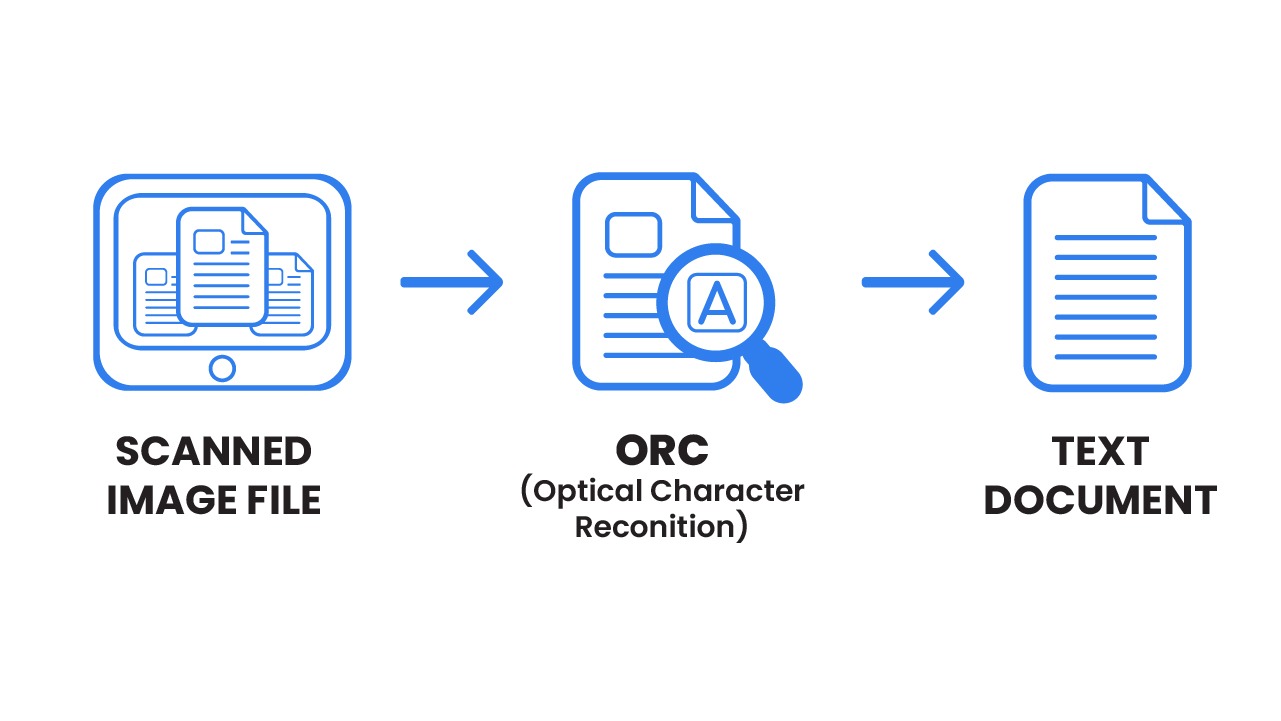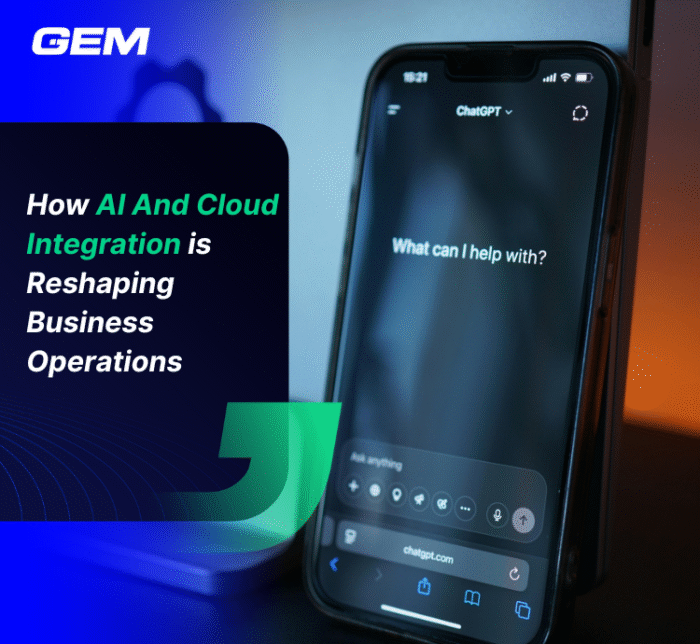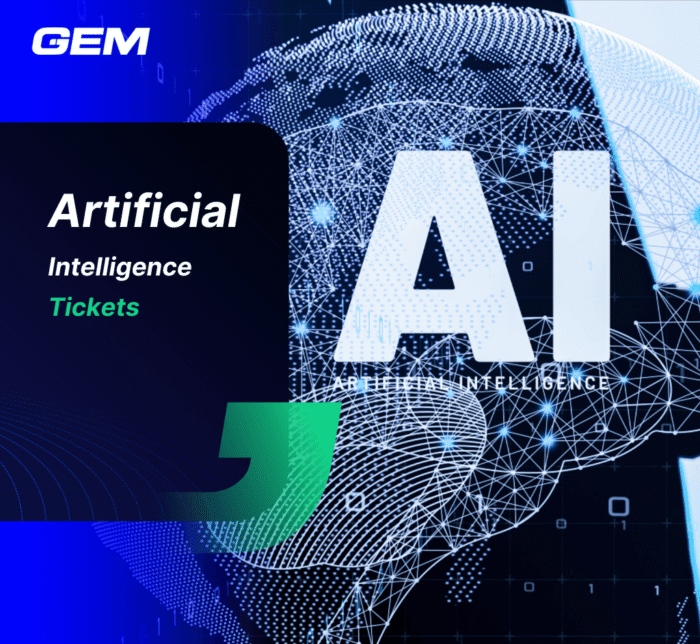Contents
AI-driven OCR is a promising tool to unlock multiple languages’ accessibility, imagery content, and work efficiency.
Since the 1990s, Optical Character Recognition (OCR) has been widely used. The global market for OCR solutions is projected to reach almost $33 billion by 2030 due to the ever-growing demand for tech-driven approaches to handling data and increasing productivity.
Powered by the rapidly evolving AI technology, AI-driven OCR solutions are becoming increasingly accurate and valuable. It is no longer merely a digital means of storing physical documents, but also a powerful tool that offers data-driven insights and advanced processing capabilities. As a result, businesses can leverage OCR to unlock deeper insights and streamline their operations, making it an indispensable asset in the modern data management landscape.

Traditional OCR vs. AI-driven OCR
In this section, we will explore and compare the capabilities of traditional OCR and AI-driven OCR, highlighting the advancements and added value brought by the integration of artificial intelligence into OCR.
Traditional OCR
A traditional OCR converts printed text to data, automatically extracting invoice data using templates. These templates usually have fixed page locations for each data field or an if-then rule to tell the software to find specific information.
The setup process is usually long and expensive as each alteration requires new rules. Not to mention the low accuracy rate due to zero flexibility while processing a variety of documents. Especially when it comes to documents like invoices, they have very high variability.
Here’s an example of the same rules applied to different invoices, causing failures in traditional data capture.

Several difficulties with traditional OCR includes:
- Image quality
- False Positives
- Text overlap
- Tabular data
- Errors in document classification
AI-driven OCR
Meanwhile, an AI-driven OCR can detect contextual information and interpret patterns and features in different document variations and types with Natural Language Processing (NLP). Handwriting can also be converted into data with the help of Machine Learning.
The goal of AI development is to imitate how human brains behave. So instead of having staff manually check the data captured by traditional OCR. AI-driven OCR’s goal is to capture, process, and streamline data accurately into the system.
AI takes into account the available data and finds connections as well as correlations between data structures. Gradually, it creates a pool of knowledge that adapts over time, making the algorithm more mature and accurate.
At the same time, difficulties with traditional OCR can be solved with an extensive database to train the AI. The power of an AI lies within the database behind it. The more resources are trained on the AI, the more mature it can be.
Comparison
| Traditional OCR | AI-driven OCR | |
| Set up | Requires manual efforts for templates settings | Machine Learning structures extract data and insights from complex sources |
| Maintenance | Requires regular maintenance, rules & templates updates by expensive experts | Maintained continuously by learning AI |
| Validation | Requires human validation | Automated validation based on existing database |
| Adaptability | Can only extract data from structured documents | Can extract data from unstructured documents and images |
| Automation | Up to 50% of tasks | Up to 98% of tasks |
How does AI-driven OCR work?
AI is the game-changer for OCR in three main tasks: classification, extraction, and validation.
Classification
Classification, a.k.a. document sorting, is the process of distinguishing between checks, invoices, orders, and other forms of documents. The AI-driven OCR can automatically classify documents based on their contextual information.
Extraction
AI can extract data from both semi-structured and unstructured documents, including handwritten information. Even with invoice number identification, a complex task, AI can train itself to understand the context (what is not an invoice number and what should/shouldn’t be around the number). Hence the higher accuracy.
Mature AI can easily extract complex tables with lines that don’t match up. It learns how to understand patterns and formatting, differentiates types of information, and identifies key data elements.
Validation
Provided with an extensive database and integration into other systems, AI can validate the extracted data and ensure its legitimacy.
AI-driven OCR allows multi-way search, which means using multiple fields to match an exact item in the back-end system. Even if an abbreviation is used in the invoice and doesn’t match with the database, the AI can still deduce if they are the same item.
Here’s an example of how the GEM AI-driven OCR Engine captures data from a tax invoice.

Benefits of AI-driven OCR
In this section, we will delve into the benefits of AI-driven OCR in streamlining processes and enhancing efficiency significantly.
Detect multiple languages with high accuracy
The most common use of OCR is for transforming printed documents into readable and searchable data for computers.
Optical character recognition functions well with English or Roman languages (e.g., French, Portugal, and Italian). However, in other systems, such as logograms or syllabaries, the capability to detect, match, and recreate digital versions from physical papers is still weak. It is because the former languages have a simpler set of spelling rules.
Chinese and Arabic are two of the five major languages. The words are formed by various characters with various meanings, making it challenging for traditional OCR to identify and replicate.

The current generation of AI-driven OCR can resolve with this issue. With Deep Learning, the OCR programs can detect and understand more complex characters, from logograms to syllabaries and other scripts. It can also learn to match words across several languages, which further enhances the translation ability. The most prominent example of this implication is Tesseract, the OCR system developed by Google, which detects texts in 100 languages, including right-to-left languages like Arabic and Hebrew.
Another specific example of Chinese characters comes from experts of the Institute of Electrical and Electronics Engineers (IEEE). They have successfully developed Deep Learning-Aided OCR Techniques that can recognize Chinese uppercases with great accuracy and a short processing time. They tested on four neutral networks:
- Convolution neural network
- Visual geometry group
- Residual network
- Capsule network
All of these networks produced highly accurate results, with the highest accuracy rate being 99,38%.
Identify unstructured text
Another use of OCR technology is to detect and transfer texts from images, i.e., texts that are hand-written or captured in photos with complex backgrounds, fonts, lighting, and geometrical distortions. Nevertheless, conventional OCR programs have difficulty performing this task precisely. These remain challenges and potential in the investigation, information security, and customer engagement.

Therefore, many attempts have been made to tackle this untouched land. Technology firms try to deploy deep learning-based OCR to transform unstructured texts by creating a system that includes three stages:
- image processing
- text detection
- text recognition
In stage 2, they use a deep learning method called EAST. Experts from Cornell University claimed that this method accurately detects text in images and videos. In stage 3, Convolutional Recurrent Neural Network (CRNN) is resorted to recognize texts.
Gain new insights and productivity improvements
Traditional OCR can only produce digitized texts but with AI’s assistance, the functionality expands beyond that.
Deep learning assists ORC systems in memorizing texts as well as the meaning and making new sense by itself, which helps businesses turn data into digital insights. For example, an insurance firm that converts contracts to an electronic format will only have a limited gain. However, if the business can analyze contracts and their risk exposure, there will be many more valuable benefits.
Deep-learning-based OCR software can generate productivity, too. AI-based ORC programs can scan and copy mortgage documents, while AI helps to determine high-priority loans. The software reduces conventional progress from hours to minutes.
In short, combining AI and OCR is proving a winning strategy for both data capture and management.
With these promising implications, it is reasonable for business owners in these sectors or any business that involves the OCR method to closely keep track of its new developments and consider its appropriate deployment to gain competitive advantages.

The future of OCR
Optical Character Recognition (OCR) has evolved rapidly and will continue to see even more groundbreaking advancements.
Enhanced accuracy and speed
OCR is poised to become significantly faster and more precise. Real-time OCR, capable of processing text at video frame rates, will revolutionize applications like live translation, video indexing, and real-time data capture. Additionally, OCR systems will excel at deciphering complex layouts, including tables, graphs, and mixed text-image content. Moreover, the recognition of handwritten text, cursive scripts, and low-quality images will become increasingly accurate.
Expanding language horizons
Language barriers will continue to crumble as OCR embraces multilingualism. Systems will accurately recognize a wider array of languages, including those with limited digital resources. Furthermore, OCR will delve deeper into linguistic nuances by differentiating dialects and accents.
Intelligence and contextual understanding
OCR is on the cusp of transcending mere text extraction. By integrating with AI, these systems will gain contextual understanding, enabling tasks like sentiment analysis, information extraction, and even generating summaries. The ultimate goal is to bridge the gap between images and text seamlessly through image-to-text translation and thereby eliminating the need for intermediate OCR steps.
New frontiers and applications
AI-driven OCR will be instrumental in automating document-intensive processes such as data extraction, form filling, and invoice processing. It will also play a pivotal role in enhancing accessibility for the visually impaired through text-to-speech and braille conversion. Preserving historical documents with intricate layouts and degraded images will benefit immensely from advanced OCR capabilities.
Furthermore, the integration of AI-driven OCR with augmented reality will create immersive experiences by providing additional information about real-world text or objects.

Are you looking for an OCR expert?
GEM Corporation is the trusted IT partner of many prestigious business clients across industries – including logistics, manufacturing, telecommunications, BFSI, and so on.
Our expertise spreads across various AI services, such as chatbot deployment, OCR development, and recommendation systems, and it is enhanced by GEM’s R&D partnership with Vietnam National University’s AI Laboratory.
Drop your info in the form below and get invited to a FREE one-on-one consulting session with GEM’s 300+ experts.
Error: Contact form not found.






